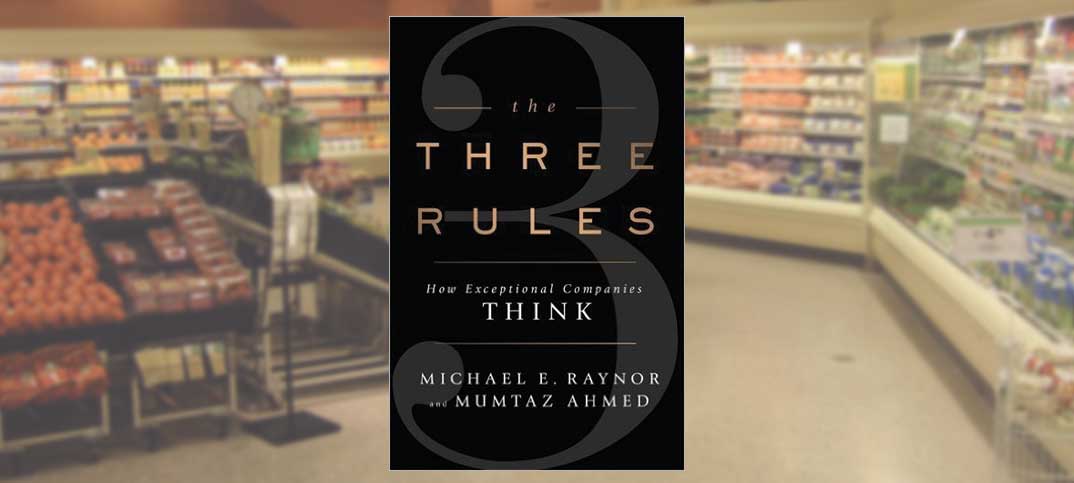Observed across a 45-year period, the success secrets of exceptional American corporations can be boiled down to two priorities: where management choose better before cheaper, and revenue before costs.
This is explained in detail in The Three Rules, a book by Michael Raynor and Mumtaz Ahmed. They worked through records for 45,000 companies to find the small number of winners. The third rule? There are no other rules.
The only exception that they found was in the world of retailing. A Pennsylvania-based discount grocer, Weis Markets, turned ‘cheaper’ and ‘cost control’ into higher profits across a 30-year period.
On the face of it this would appear to support the rise of the discounter model in the UK. But there are questions over how much further this model can go.
Weis outperformed the market for 30 years because it was an early adopter of private-label products. Since the 1940s, private-label had been identified as a source of increased profitability for grocers. But few companies pursued the strategy with vigour before the 1990s – Weis was a notable exception.
Its problem then was finding suppliers so it had to set up its own manufacturing plants. By 1965 Weis had 433 private-label items. By 1969 it had 809.
Raynor and Ahmed contrast this with the performance of Florida chain Publix Super Markets. It only started private label in the 1990s. While Publix grew its sales faster than Weis, profits were lower. This, the authors say, shows that its lower cost base was its success secret.
The range of goods at Weis was unremarkable. It followed industry trends. While it remains a top achiever, Publix is catching up.
“It is worth understanding why Weis’s streak ended and what it was that allowed Publix to establish an advantage. From 1985 to 1995 grocery stores were enjoying structural growth, increasing their share of total at-home food expenditures, largely at the expense of … one-off, small ‘mom-and-pop’ stores. Thanks to lower costs, driven by greater economies of scale and higher levels of investment in technology, grocery stores were able to offer greater selection at lower prices, yet still prove more profitable, than these smaller, subscale retail channels.”
In the 1990s Walmart arrived and the game changed. Weis’s competitors all adopted private-label strategies. Its diversification strategies failed. It found opening stores in other states difficult.
Publix became more successful because it used non-price differentiation by offering in-store deli and pharmacy, organic products and ethnic-focused store formats.
The authors conclude that Weis’s price-based position and cost-based profitability formula was undermined by “competition from adjacent industries with structural cost advantages”. And that is before mention of Amazon.
UK wholesalers are giving “mom-and-pop” shops the ammunition to take on the multiples. However, it is up to independent retailers to identify their non-price competitive advantages like serving local people with local products to build a strong positon. Your opportunity may be the “discount” route. But do your homework.






Comments
This article doesn't have any comments yet, be the first!